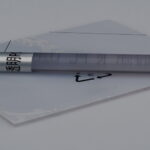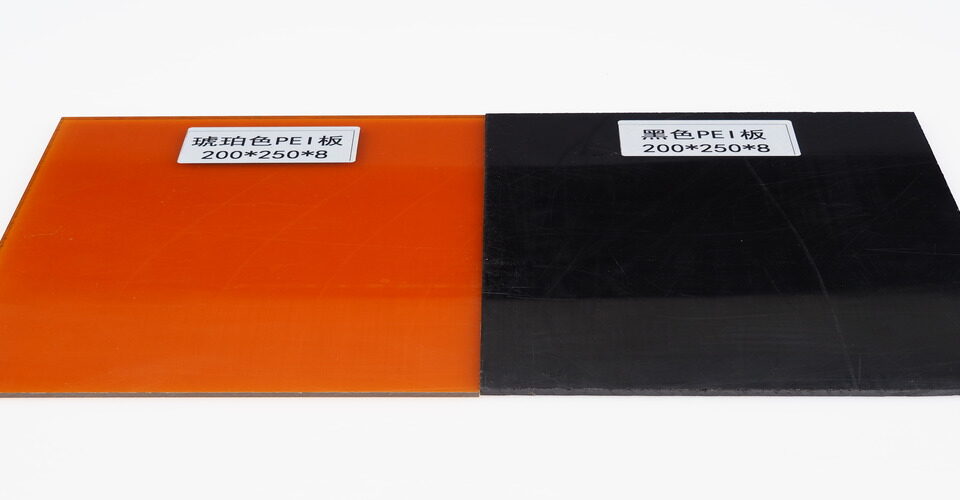
What are the beneficial properties of PVC?
February 4, 2025
What is the use of PC plastic?
February 5, 2025FR4 is a common material used in the manufacturing of printed circuit boards (PCBs), but the question often arises: is FR4 plastic electrically conductive? To answer this, we need to understand the properties of FR4 and the role of electrical conductivity in materials.
What is FR4?
FR4 is a type of fiberglass-reinforced epoxy laminate material. It consists of layers of woven fiberglass cloth, impregnated with an epoxy resin, and is commonly used as a substrate for electronic components. It is known for its strength, durability, and resistance to heat, making it an ideal choice for PCBs.

Electrical Conductivity of FR4
FR4 plastic itself is not electrically conductive. The material is an insulating dielectric, meaning it does not allow the flow of electric current. This is one of the reasons FR4 is preferred in PCB manufacturing—it helps isolate electrical components and prevents short circuits between them.
What Makes PCBs Conductive Then?
While FR4 itself is non-conductive, it is often paired with conductive materials such as copper. The copper traces on a PCB allow electrical signals to flow between different components, while the FR4 provides the structural support and insulation.
Why Is FR4 Used for PCBs?
The main advantage of FR4 in PCB production is its excellent insulation properties, combined with its mechanical strength and heat resistance. It helps maintain the integrity of electrical pathways while preventing unwanted interference or shorts.
In conclusion, FR4 plastic is not electrically conductive, but it serves as an effective insulating material in the construction of electronic circuits.






